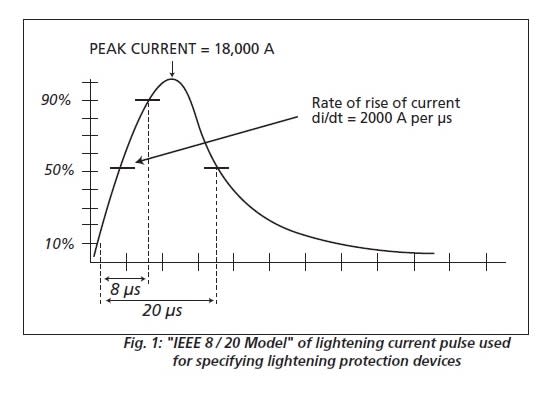In sizing temporary protective grounds for distribution and sub-transmission voltages, I'm debating how to consider lightning. Would it be appropriate to estimate a current stroke and the associated voltage developed across the conductor/person? I'm leaning toward thinking that it is pointless to consider lightning however, as the Ldi/dt would be so high that no conductor could adequately reduce it.
If I'm mistaken though and you would consider voltage developed due to lightning, how do you determine inductance of the ground conductor? Inductance taken from data tables will always include self and mutual inductance, but as there is no second wire, there will be no mutual inductance. Is it appropriate to just consider the self inductance of the conductor?
If I'm mistaken though and you would consider voltage developed due to lightning, how do you determine inductance of the ground conductor? Inductance taken from data tables will always include self and mutual inductance, but as there is no second wire, there will be no mutual inductance. Is it appropriate to just consider the self inductance of the conductor?

